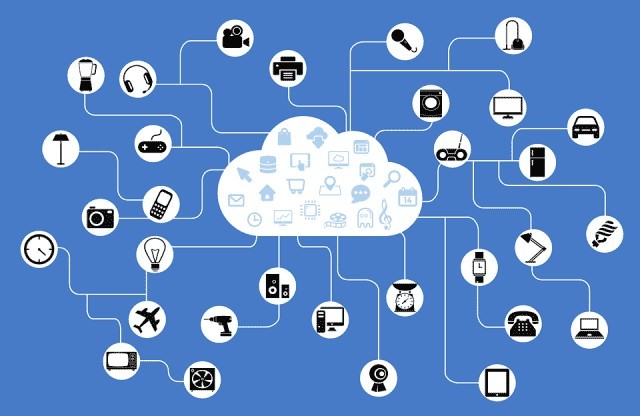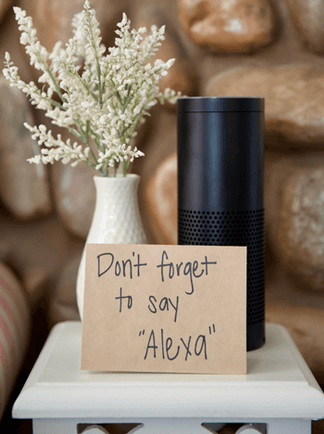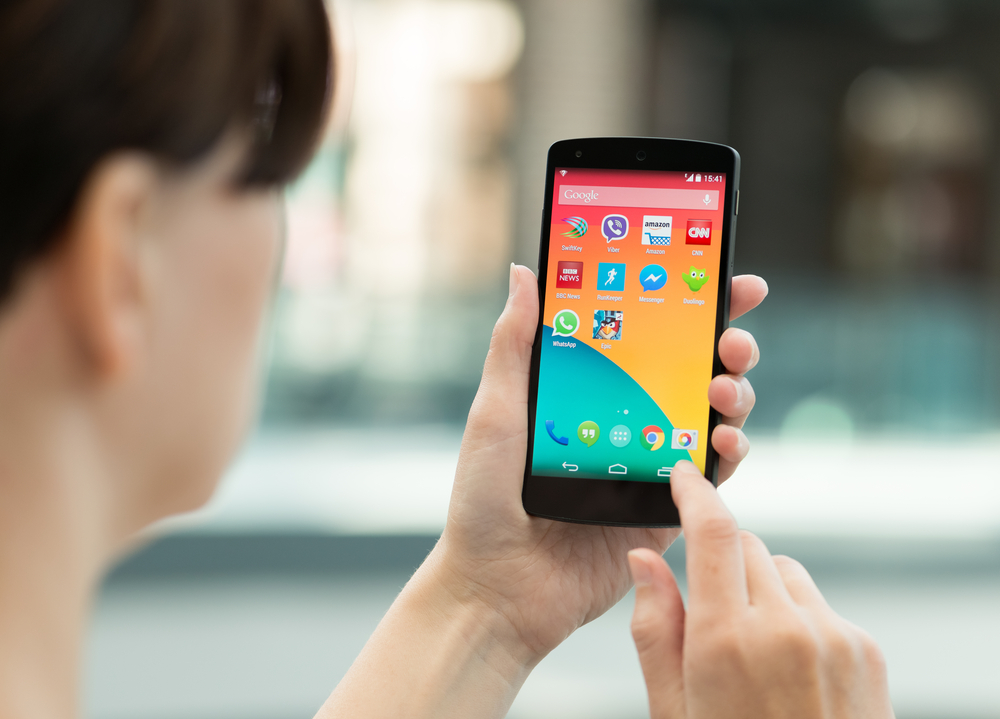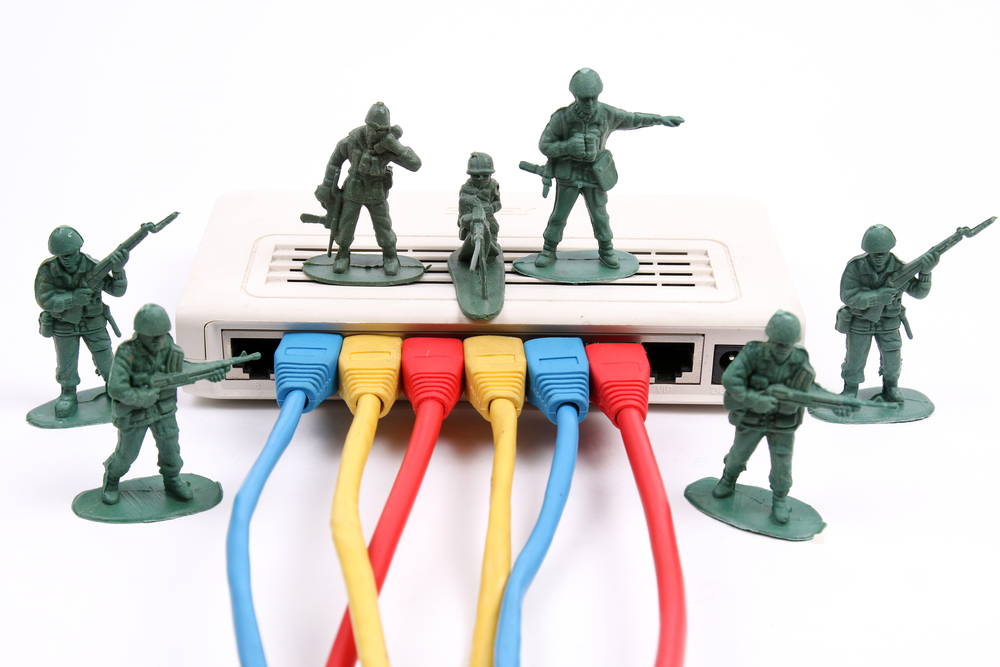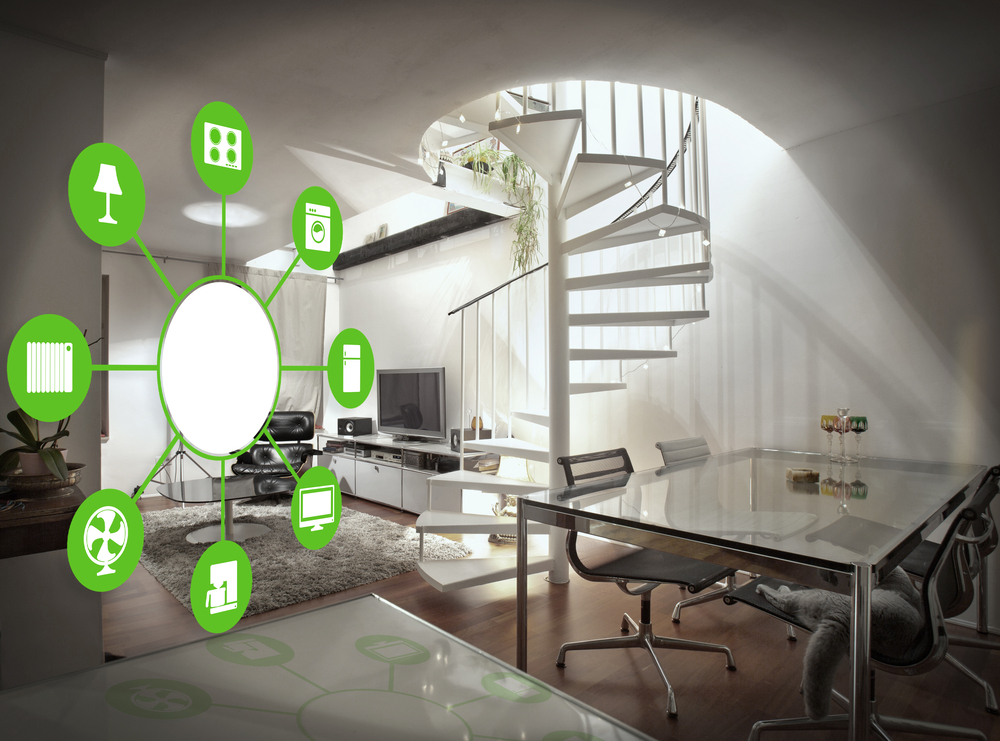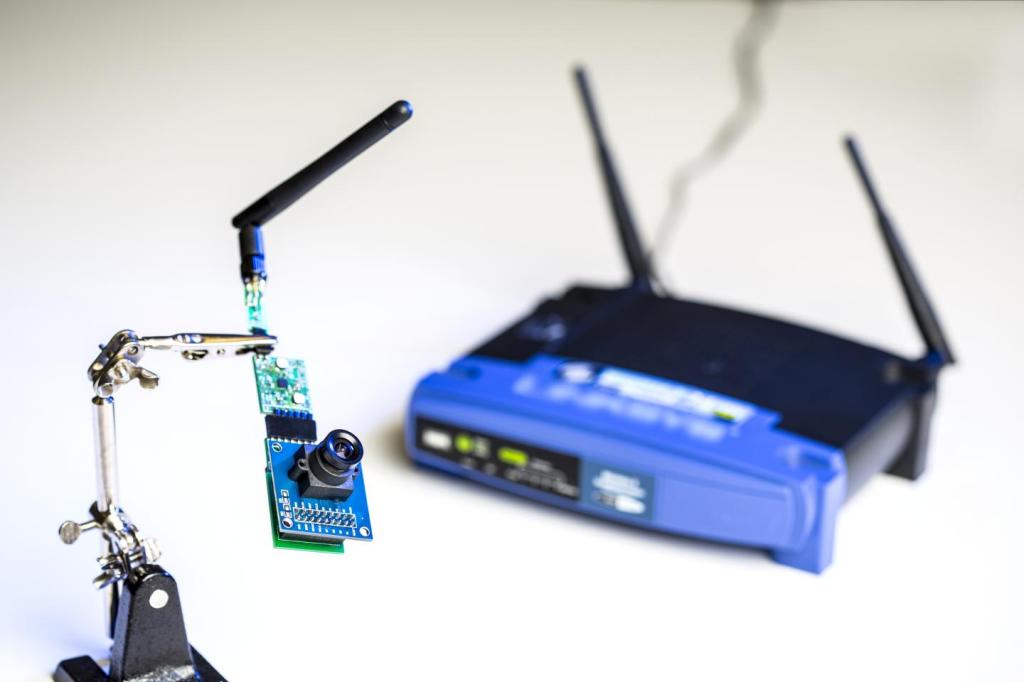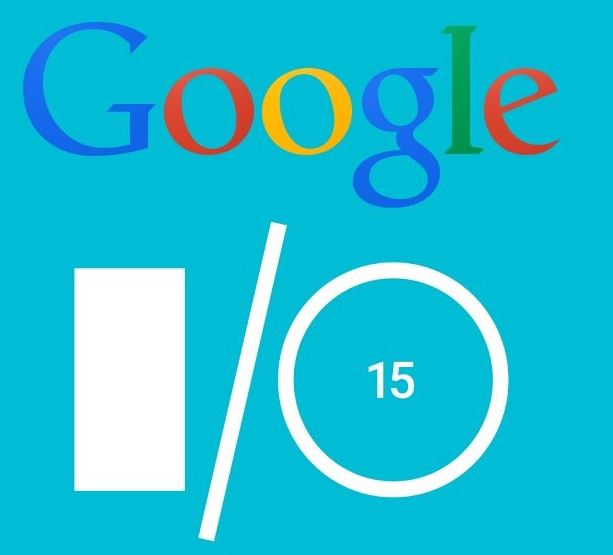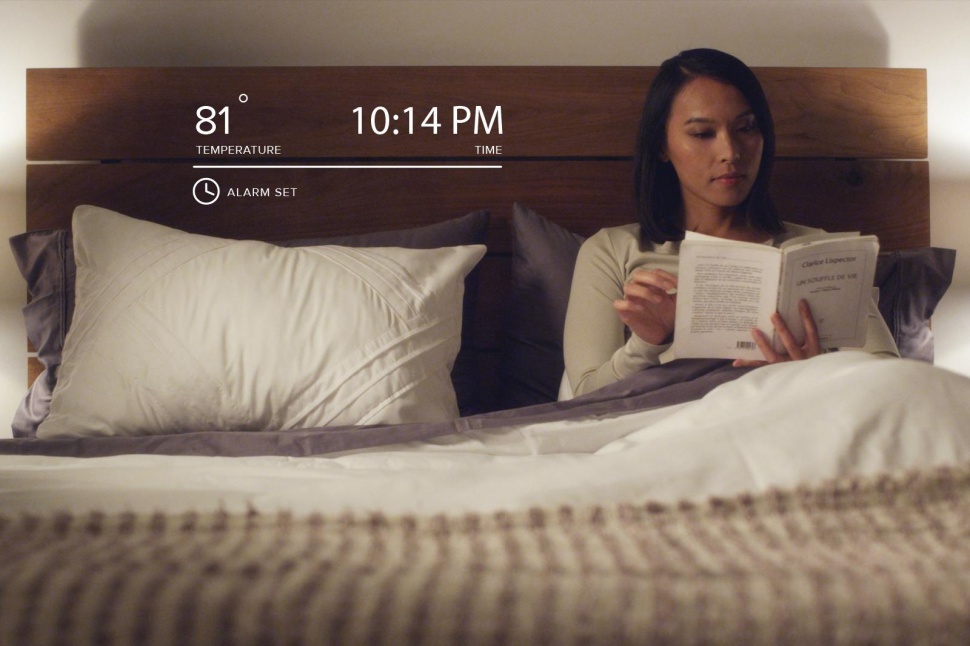Marketing Insights
From AIM 2019
The multifamily marketing industry recently gathered in Huntington Beach, Calif., for the 2019 Apartment Innovation and Marketing (AIM) Conference. The 2019 edition focused on digital marketing best practices and innovative technologies. Keep reading for top insights from the 2019 conference! The ever-expanding Internet of Things A second wave of connected technologies is making its way […]

